Giving Voice to the Global Community through Storied Experiences
Music is a living, vital aspect of how we learn about ourselves, share our stories, understand the cultures and stories of others, and use multimodal means to comprehend the world around us.
However, while greatly regarding these traditional roles, those planning programmes in contemporary schools frequently do not place music in a significant position, as seen by so many music programmes and budgets being cut from the curriculum along with other fine arts classes. Despite the revival of multimodality in literacy learning over past recent decades, it seems that only the visual has received more focus as a result, and understandably so with the visual being a primary mode of technology’s role in both professional and social resources. The notion of music as language, as has been recognised by musicians over eras, is not as easy to define since musical phrases and chords normally do not have conventional meanings as do language and visual images. At a time when intercultural understanding is a goal of schooling, however, music can be a resource at all grade levels, especially when children are young.
With a keen and concerned interest, I contemplated the music connections to literacy learning by examining findings in both the music and literacy academic literature. The field of music held most of the applicable resources in their considerations of music as language. Then I naturally turned to children’s literature where I always find support for the most challenging of topics. And, I was not disappointed! I found, and continue to find, stories about music that share meaningful experiences and insights as they speak to music’s importance. The stories in picture and chapter books do not take the place of actual music as an intercultural resource, but the titles that stood out reflect examples of how literature supports music’s role in life and in communicating within the world around us. The examples I share here are limited to a Western perspective by virtue of their publication source (books available in English) although the contexts are inclusive of other global areas. The insights revealed within these titles reflect the potential of literature across global communities. And attention to the significance of music as a communicative form elevates the potential of literature so focused, to nurture intercultural communication and understanding.
In considering music as an intercultural resource through children’s literature, I found three themes that helped to explain music’s role shared within the global society.
- Shared aesthetic appeal and universal appreciation
- Insights to social, cultural and historical contexts
- Shared understandings about relationships between language and music.
Each of these themes are described briefly in the following sections with a sampling of children’s literature that gives insights to music, culture and communication. Both picture and chapter books reveal these themes but for space limitations here, picture books are the focus as they most readily appeal to younger readers.
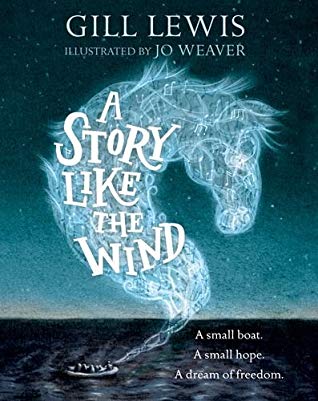
Shared aesthetic appeal, personal relationships and universal appreciation
Across cultural groups there is a universally shared appreciation of sound. Research has shown that music strengthens social bonds as evidenced in oxytocin found in the brain (Suttie, 2015).
Studies have reported greater instances of cooperation, empathy and community building when listening to music together. One of the most powerful books recently that points to music as building community is created around an immigration story. A Story Like the Wind (Lewis, 2018) tells of refugees escaping in a small boat with the barest of essentials. One boy brings as his only possession a guitar and with the guitar plays music that reminds each of the people on the boat of some story from their life. There is also a story the boy is telling with his music – a story that tells of hope.
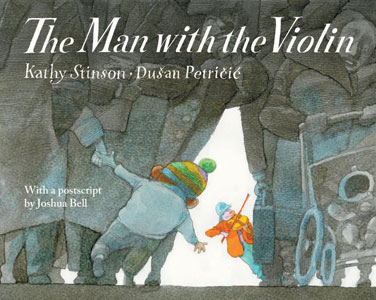
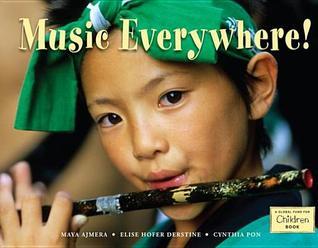
The Deaf Musicians (Seeger and Jacobs, 2006) reveals the love of music for one jazz musician who loses his hearing. As he learns sign language, he also makes friends with other musicians who are deaf and together they form a band and entertain despite not hearing. The power of music in this story speaks to shared appreciation and building relationships.
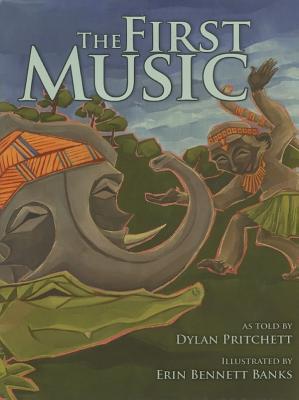
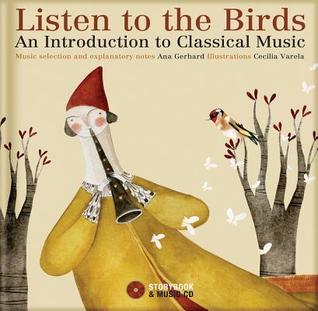
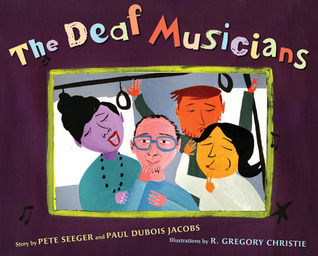
Insights to social, cultural and historical contexts
Music is a pathway into history as it has served to comfort, strengthen and maintain identity in challenging times as well as those of celebration. Stories that focus on social issues, both past and more contemporary, reveal music’s importance as people strive to survive physically and emotionally. Already mentioned is A Story Like the Wind (Lewis, 2018) that reveals the importance of music in the plight of immigrants.
With a related social issue in mind, Luca’s Bridge/El Puente de Luca (Llanos, 2019) tells of Luca whose family is returning to Mexico from the USA due to immigration laws. Luca is sad because he must leave his friends even though he was born in the USA. The music he makes with his trumpet becomes the connection between his home and Mexico. In a dream the music forms a bridge that takes him back to his friends. This brings him so much joy that he fills his grandmother’s home in Mexico where they now live with music and laughter for all his family.
Another story that speaks to the role of music for one child during conflict is A Song for Cambodia (Lord, 2008). Based on a true story, Arn survived the Khmer Rouge ‘killing fields’ in 1970 Cambodia because of his ability to play an instrument and entertain as well as his personal strength to endure. And, in another part of the world, two decades later during the Balkan War, 22 people were killed waiting for a bakery to open. In honour of these people, a cellist in the Sarajevo Orchestra played every day for 22 days at the same time of the attack in the town square. Flowers for Sarajevo (McCutcheon, 2017) presents a child’s perspective on this historical event.
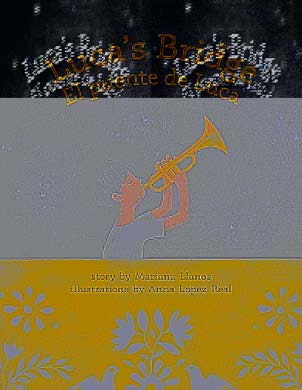
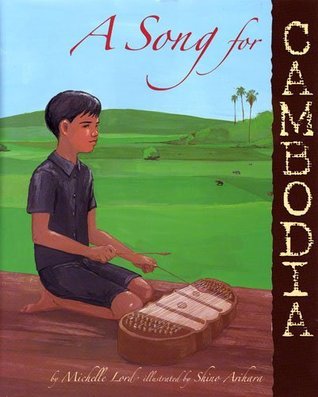
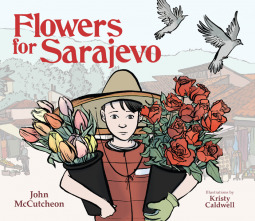
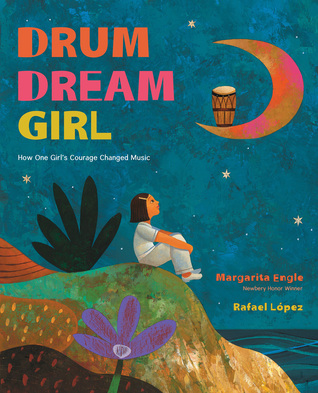

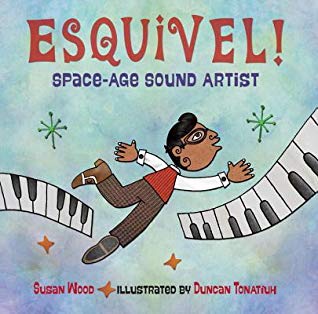
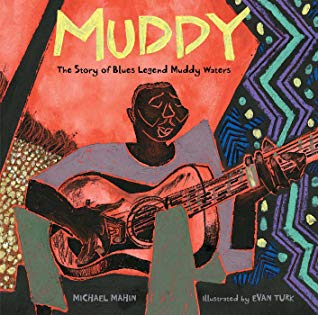
Understandings the relationships between language and music
When we think of the connection between literacy and music, we often focus on the obvious qualities, such as rhythm, tone and, depending on the type of music, the words or vocabulary being used. These are important parallels to literacy learning, and research supports this significance, especially in light of technological advances revealing that music and literacy require many of the same cognitive skills and abilities to process (Edwards, 2013). Music incorporates all three domains of learning: cognitive, affective and psychomotor, and recent innovations in technology have revealed insights regarding music’s domains (Brewer, 2018). One study claiming a ‘theory of mind’ suggests the brain doesn’t just process sound when we hear music but it tries to understand the intent of the musician and what is being communicated. Research at Johns Hopkins University School of Medicine reports that the brain uses the syntactic areas to process communication in general, whether through language or through music (Limb, 2014). Both music and language share grammar features that are aligned – ones that order language elements and musical elements (Asano and Boeckx, 2015). They are similarly distinct elements in hierarchical sequence. Educators have also reported that music strengthens listening and attention skills, improves phonological awareness, enriches print awareness, requires auditory discrimination that is critical for reading, and builds vocabulary. Stephens (2018) writes,
Singing, rhyming, and storytelling are part of every culture. By singing and rhyming to children, parents and caregivers are not only keeping traditions alive, they are teaching children to articulate words, practice the pitch, volume and rhythm of their native language, and develop the listening and concentration skills essential for brain development and memory.
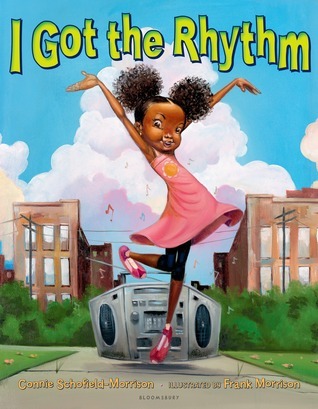
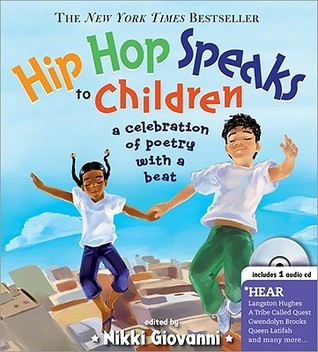
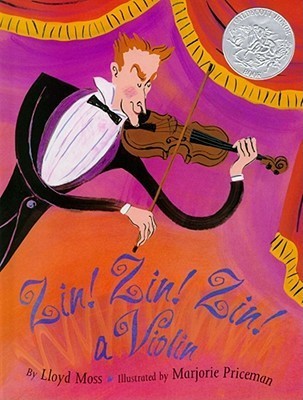
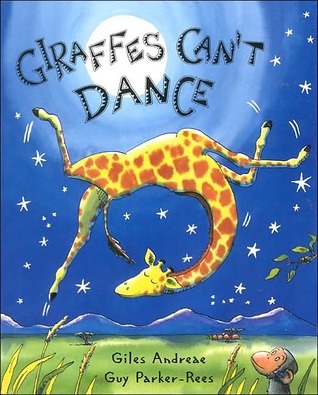
A variety of rhythms and vernacular language makes Hip Hop Speaks to Children (Giovanni, 2008) a celebration of spirited sound. This book brings messages of identity and hope from lively artists and illustrators. Zin, Zin, Zin! A Violin (Moss, 1995) uses rhyme in wavy lines to share the sounds of instruments. An older book, it reflects the qualities that are shared by language and music. Of course Giraffes Can’t Dance (Andreae, 2001), is a favourite rhyming tale that invites swaying and moving to the sound of music, capturing the rhythms around the animals in the jungle. The giraffe realises that the music heard by each animal is different and he must dance to his own music. Of course, there are a plethora of other rhyming and rhythmic books that invite readers to play with alliteration, onomatopoeia and other word forms – language structures that align with that of musical understanding.
Concluding thoughts
Van Leeuwen (1999) in writing about sound and music quotes Ong (1982) stating that sound “‘comes to us from all sides. It envelops us and places us in the centre of a world, and it establishes us at a kind of core of sensation and existence’ (p. 196). Van Leeuwen then continues his discussion drawing from Eco who said that at the centre of sounds, there are no privileged points of view and ‘all available perspectives are equally valid and rich in potential’” (quoted in Chana, 1994, p.269) (p.196).
Literature, like music, can place us in the centre of a world and can value the potential of all points of view. Literature is a well-matched vehicle to encourage the intercultural role of music for young literacy learners.
References
Asano and Boeckx (2015) Syntax in Language and Music: What Is the Right Level of Comparison?
https://www.ncbi.nlm.nih.gov/pmc/articles/PMC4488597/.
Brewer, C.B. (1995) Music and Learning: Integrating Music in the Classroom.
http://archive.education.jhu.edu/PD/newhorizons/strategies/topics/Arts%20in%20Education/index.html. [Copy this url into your browser and on the error screen that appears, select ‘Show Saved Copy’.]
Edwards, L. (2013) Music and Movement: A Way of Life for the Young Child. New York: Pearson.
Limb, C. (2014) The Musical Brain: Novel Study of Jazz Players Shows Common Brain Circuitry Processes both Music and Language. https://www.hopkinsmedicine.org/news/media/releases/the_musical_brain_novel_study_of_jazz_players_shows_common_brain_circuitry_processes_both_music_and_language.
Stephens, V. (2018) Feel the Rhythm: Developing Language through Rhythm and Rhyme.
https://natlib.govt.nz/blog/posts/feel-the-rhythm-developing-language-through-rhythm-and-rhyme.
Suttie, J. (2015) Four Ways Music Strengthens Social Bonds.
https://greatergood.berkeley.edu/article/item/four_ways_music_strengthens_social_bonds
Van Leeuwen, T. (1999) Speech, Music, Sound. New York: St. Martin’s Press.
Children’s literature cited
Ajmera, M., Derstine, E.H. and Pon, C. (2014) Music Everywhere! Watertown, MA: Charlesbridge.
Andreae, G. (2001) (illus. G. Parker-Rees) Giraffes Can’t Dance. New York: Orchard.
Christiansen, B. (2009) Django, World’s Greatest Jazz Guitarist. New York: Square Fish.
Daly, N. (2005) Ruby Sings the Blues. New York: Bloomsbury.
Engle, M. (2015) (illus. R. Lopez) Drum Dream Girl: How One Girl’s Courage Changed Music. New York: Houghton-Mifflin Harcourt.
Garland, M. (2017) Daddy Played the Blues. Thomaston, ME: Tilbury House.
Gerhard, A. (2013) (illus. C. Varela) Listen to the Birds: An Introduction to Classical Music. Montreal, Québec: The Secret Mountain.
Giovanni, N. (ed.) (2008) (illus. A. Vergel de Dios, D. Ward, K. Balouch, J. Tugeau, M. Noiset) Hip Hop Speaks to Children: A Celebration of Poetry with a Beat. Naperville, IL: Sourcebooks.
Harvey, J.W. (2011) (illus. E. Zunon) My Hands Sing the Blues: Romare Bearden’s Childhood Journey. Amazon: Two Lions.
Lewis, G. (2018) (illus. J. Weaver) A Story Like the Wind. Grand Rapids, MI: Eerdmans.
Llanos, M. (illus. A. López Real) (2019) Luca’s Bridge/El Puente de Luca. Oklahoma City, OK: Penny Candy Books.
Lord, M. (2008) (illus. S. Arihara) A Song for Cambodia. New York: Lee and Low.
Mahin, M. (2017) (illus. E. Turk) Muddy, the Story of Blues Legend Muddy Waters. New York: Simon and Schuster.
McCutcheon, J. (2017) (illus. K. Caldwell) Flowers for Sarajevo. Atlanta, GA: Peachtree.
Moss, (1995) (illus. M. Priceman) Zin, Zin, Zin! A Violin. New York: Simon and Schuster.
Myers, W.D. (2008) (illus. C. Myers) Jazz. New York: Holiday House.
Pritchett, D. (2006) (illus. E.B. Banks) The First Music. Little Rock, AK: August House.
Schofield-Morrison, C. (2014) I Got the Rhythm. New York: Bloomsbury.
Seeger, P. and Jacobs, P.D. (2006) (illus. R.G. Christie) The Deaf Musicians. New York: G.P. Putnam’s Sons.
